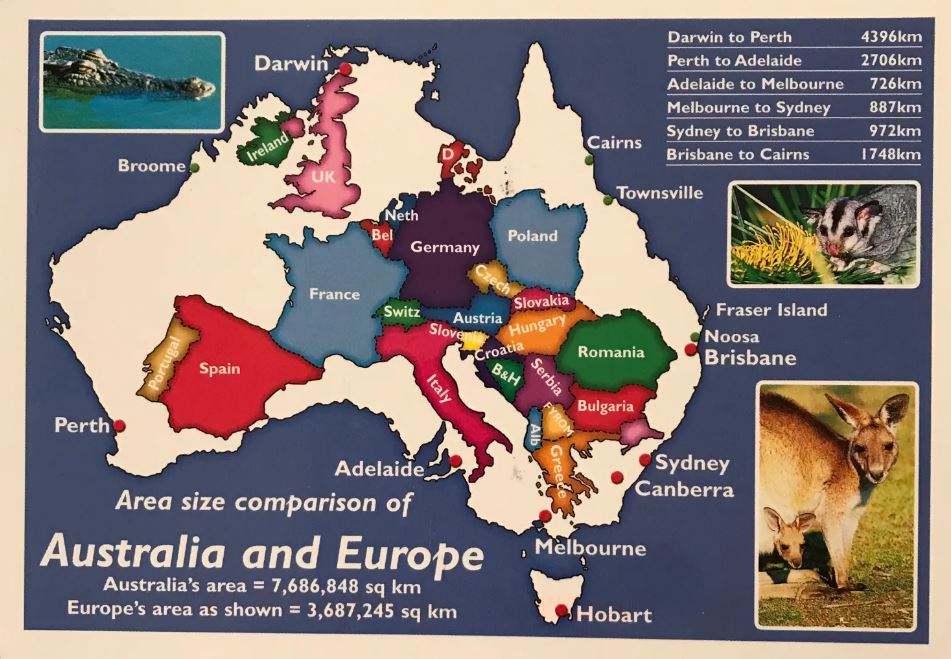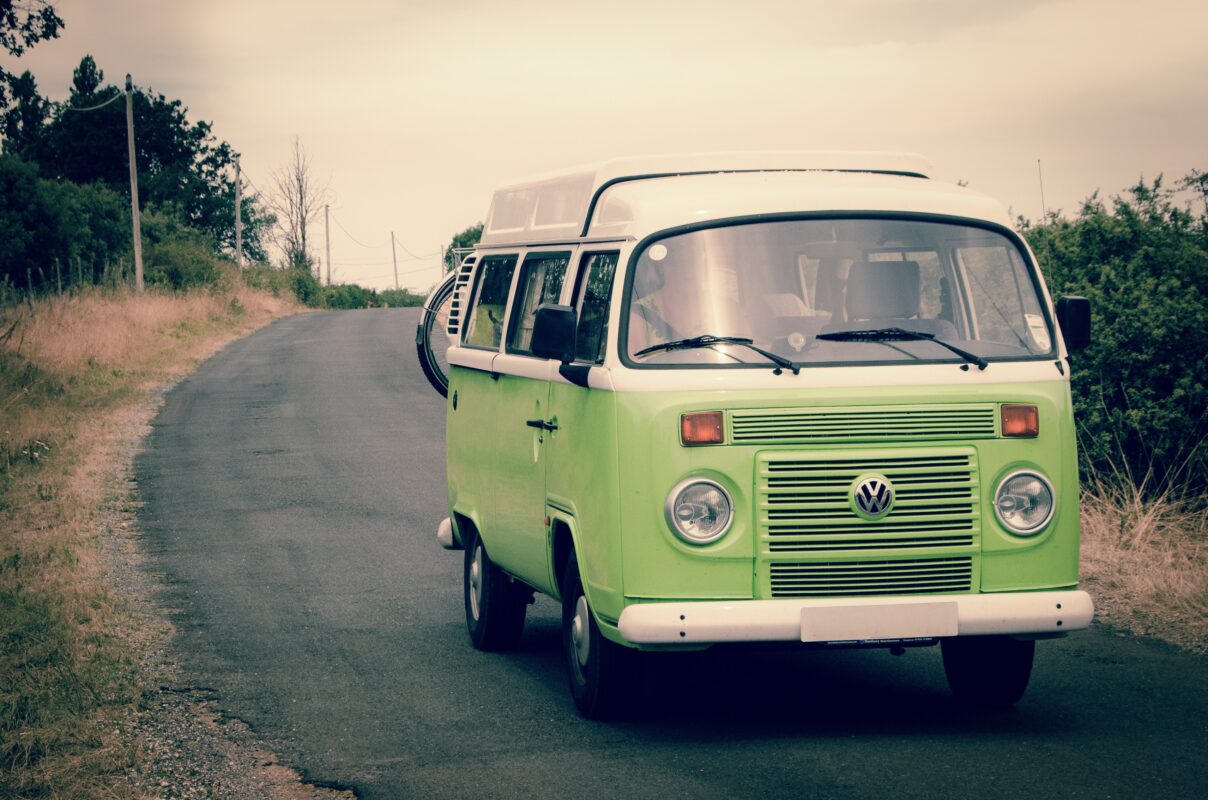There have been plenty of revelations about harvest work exposed by the global pandemic in recent years. However, from a worker’s perspective, a couple of things have remained challenging – sourcing accommodation and working out how you're going to get to the farms.
The Harvest Trail Information Service as well as every Harvest Trail Service Provider across the country receives phone calls daily from potential workers asking whether they’ll need transport to get to the farms.
Australia is a big country. Sydney to the Gold Coast – 845 kms. That’s the equivalent of travelling from Paris to Munich in Germany or from San Francisco to Las Vegas or Toronto to Quebec City in Canada. It’s a long way.

In the vast majority of cases around Australia, there will be public transport options to get you from major cities to the major regional towns closest to rural farming areas. Airlines offer regular flights, then there are buses and even trains that can get you around.
However, accommodation is not likely to be on the farm. Share houses and mining-style camps often referred to as “dongas”, are sometimes offered but conditions can vary and in the majority of cases you’ll need to find accommodation yourself in the closest town.
Many farms when they list jobs with the Harvest Trail website insist they only want people who have their own transport. This is to ensure that whoever is employed can reliably get to work each day – and reliability is the single most desired attribute of any farm worker. So, without a car, don’t be surprised if you struggle to lock in a job.
So then how do you get to the farms?
The obvious solution is to buy your own car. However, this can be expensive – the second-hand car market in Australia over the last two years has boomed. And you’ll need something fairly reliable if you’re counting on it to get you to and from work for an extended period of time.

But let’s not rule out that you could share this expense; either with a travelling companion or with other workers on the same farm as you who perhaps needs a lift to and from work each day. It’s always worth asking around if anyone needs a lift, or be prepared for someone to approach you who notices you have your independence and wants to share in the luxury.
Alternatively, you could look at hiring a car or even a minivan or campervan which will double up as your accommodation – these are very popular options for mobile workers, especially if you’re travelling as a couple or with friends. They’ll also save you the hassle of finding accommodation.
Without a car or campervan of your own, your next best option may be to look at working hostels – these tend to be popular with backpackers as they may offer work options together with their accommodation.

So, by booking and staying there, there is also a strong likelihood of work – and the hostel managers will arrange to drop you off and pick you up before and after work each day or rent you and other workers the use of a minibus. This will come at a cost but it can help you secure employment so it’s a worthwhile consideration.
The Harvest Guide on the Harvest Trail website provides information on most harvest towns across Australia and includes the types of accommodation available there.
You can contact the Harvest Trail Information Service on 1800 062 332 or your local Harvest Trail Service Provider to enquire about transport options in the area if you’re in any doubt.
